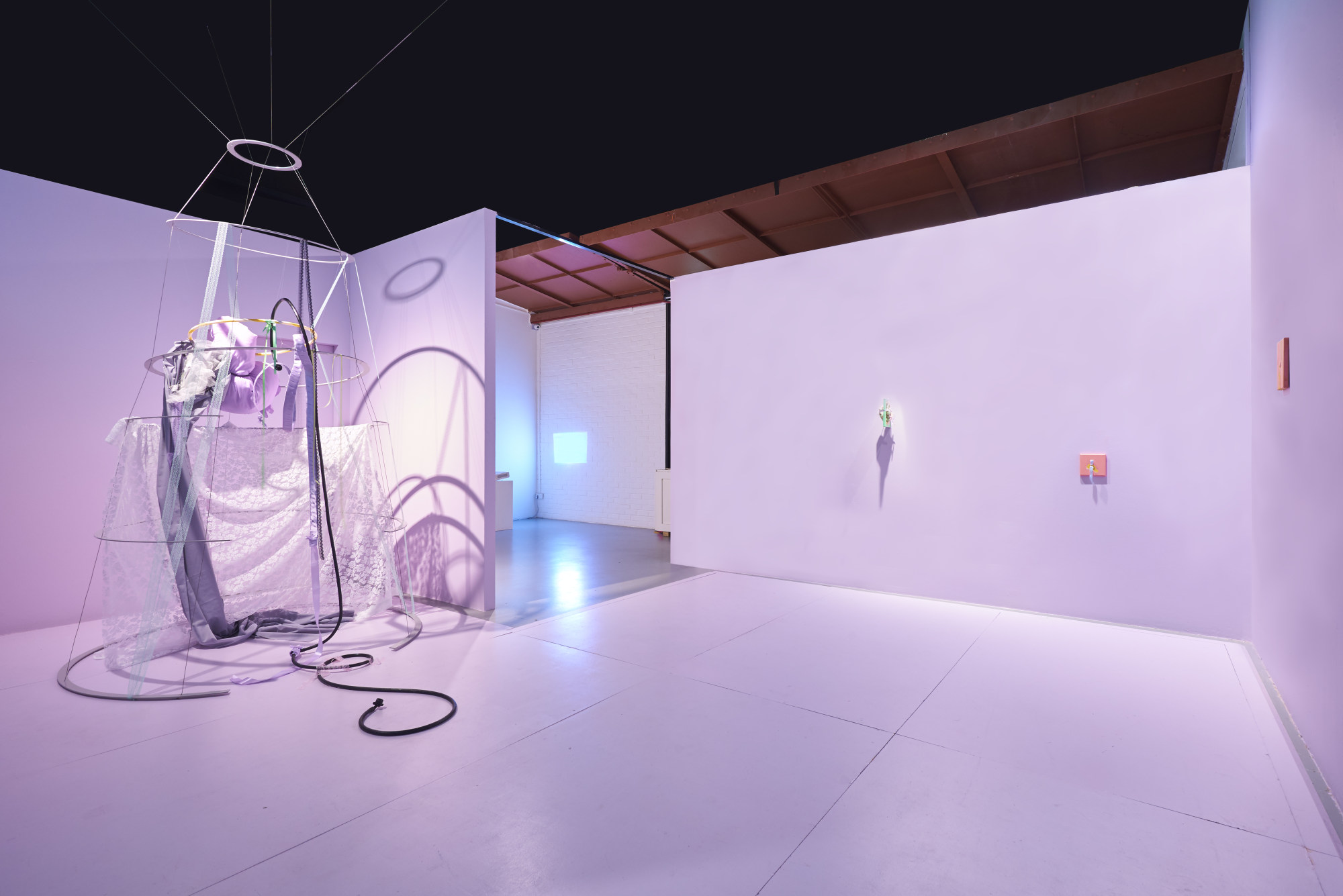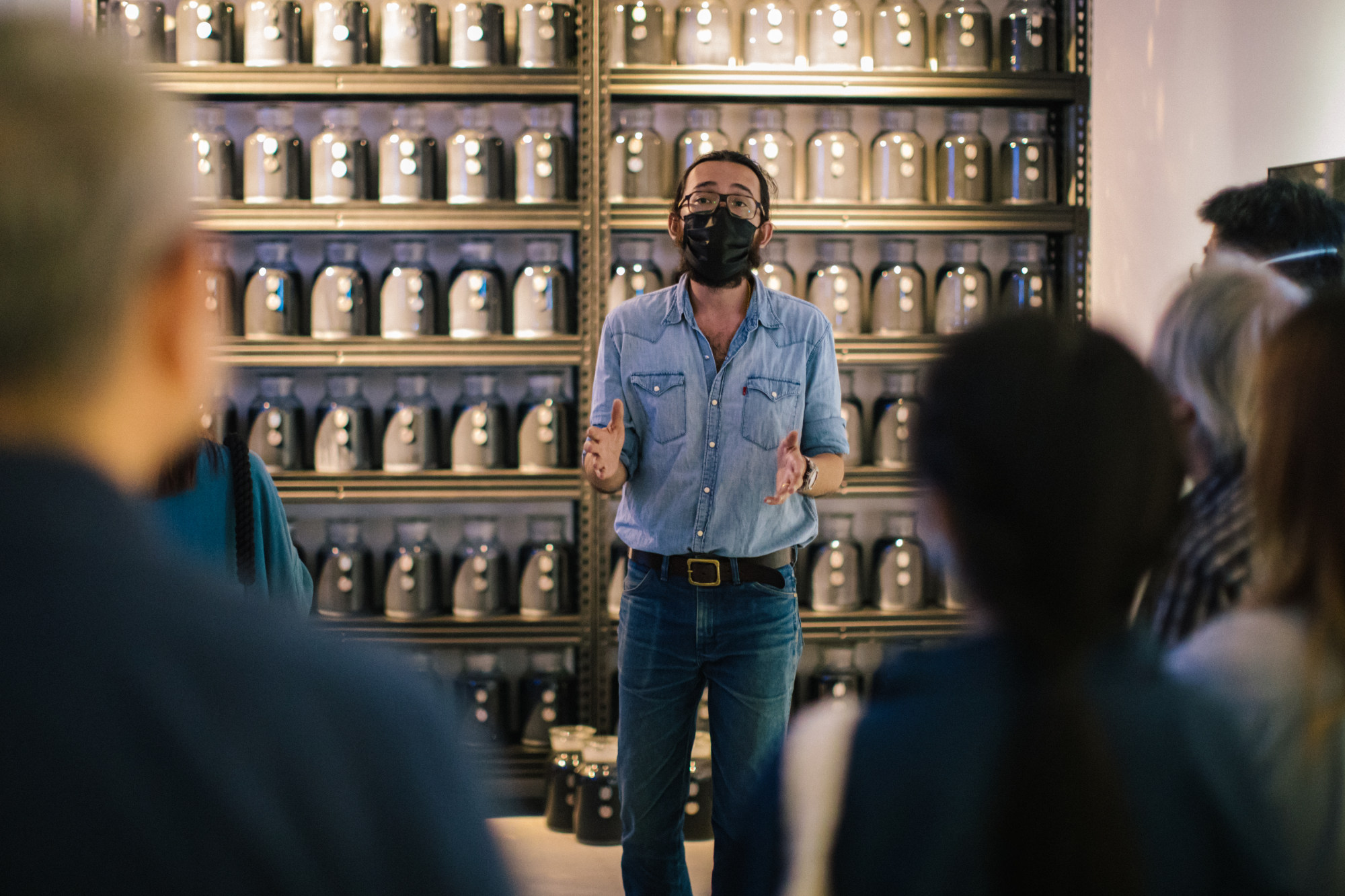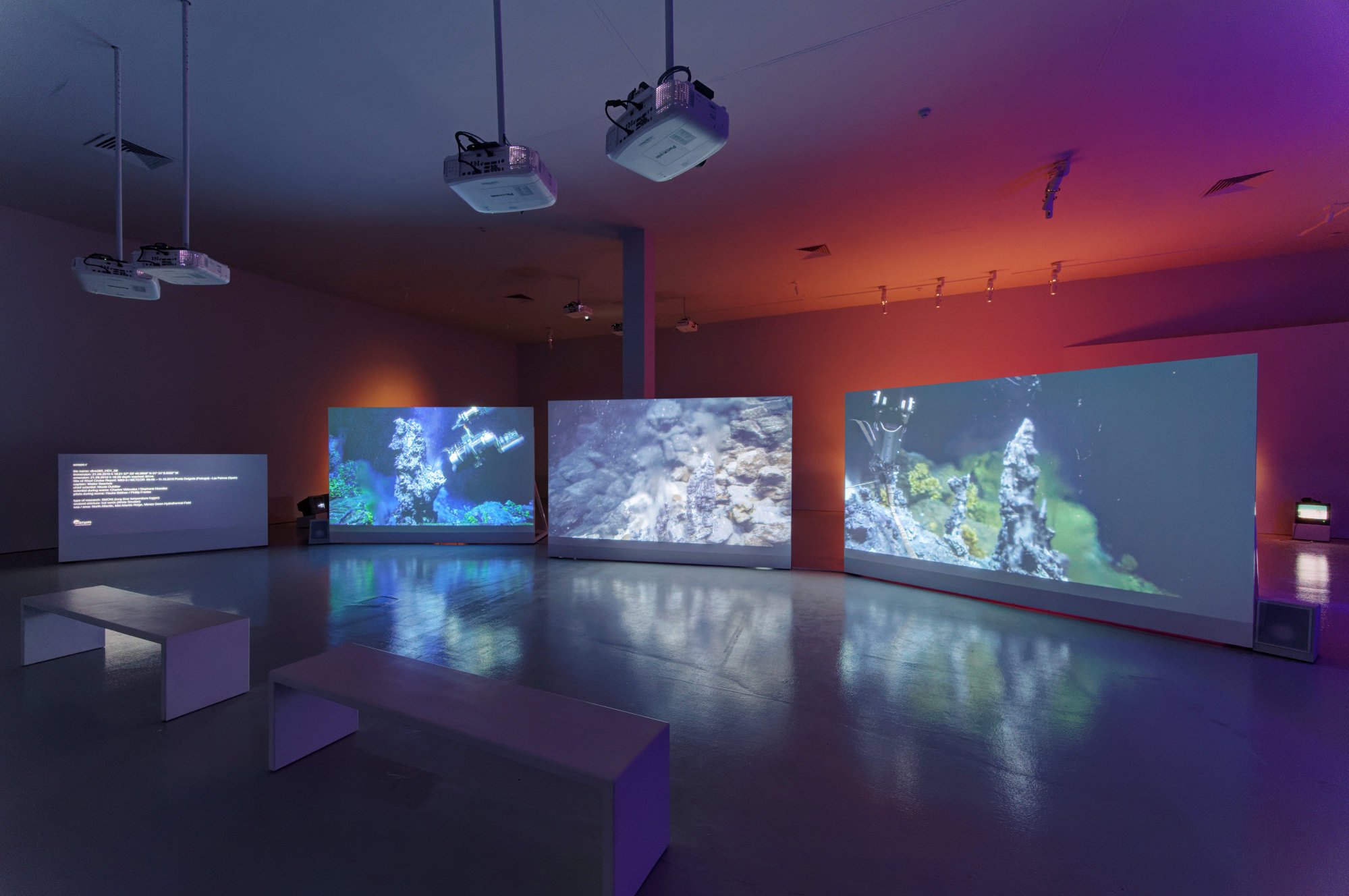
Singapore’s Gillman Barracks arts centre to become lifestyle destination after several major galleries give up their leases
- After 10 years as a centre for contemporary art the former barracks are being refashioned, with restaurants and a farmer’s market among the new attractions
- Some art galleries will remain there in the hope this revitalises the area, but others doubt an increase in visitors will translate to more art purchases
Singapore’s Gillman Barracks was built for the British Army in 1936 and continued to serve as a military training centre after the city state gained independence in 1965. However, since being demobilised, the complex has found it difficult to adjust to civilian life.
In September 2012, the restored barracks were repurposed as a cluster of international art galleries with other art-related tenants, but the complex is now set to be refashioned into a lifestyle destination, with culinary options such as farm-to-table dining and a farmer’s market.
The S$2 million (US$1.45 million) rejuvenation plans were announced on May 24 by the Singapore Land Authority (SLA), the government agency that took over as landlord from JTC Corporation in March 2020.
Many of the arts tenants who have renewed their leases with SLA view the transformation of Gillman Barracks as necessary for the viability of the district.

“Any effort to increase engagement and to bring more visitors to GB is very much welcome,” says Mae Anderson, chairperson of non-profit Art Outreach. “I don’t think we would thrive if it’s only an arts enclave.”
Tenants see the developments as a positive sign of commitment from the state, especially since warehouse space Tanjong Pagar Distripark became the “newly anointed arts hub at the port” during this year’s Singapore Art Week.
A visit to Italy’s Motor Valley, home to Lamborghini, Ferrari and Pagani
“We are welcoming the facelift,” says Ute Meta Bauer, director of Gillman Barracks’ anchor tenant, Nanyang Technological University Centre for Contemporary Art Singapore (NTUCCA). “It shows that there is support and it is what we need.”
Lawyer Nicholas Song, a regular visitor and art collector, also welcomes the plans, but he does not think that “simply improving footfall will help the art galleries in Gillman Barracks”.
“Buying art is a rather different proposition from buying lifestyle objects such as clothing, furniture, or home accessories,” Song says.
Surrounded by popular nature spots such as Labrador Park and the Southern Ridges, Gillman Barracks was launched 10 years ago as Singapore’s go-to contemporary art cluster by the National Arts Council (NAC), the Economic Development Board and JTC Corporation.
The 14-building complex, which opened with outposts of renowned galleries such as Tokyo’s Ota Fine Arts, Manila’s Silverlens, New York’s Sundaram Tagore Gallery and Singapore’s FOST Gallery, was designed to draw the attention of international collectors, in the hopes of making the city state an integral cog in the global art market.

To diversify the contemporary art offerings at the complex, and increase Singapore’s credibility as an international art hub, NTUCCA was opened in October 2013.
However, around 2015, several galleries – including Silverlens, Equator Art Projects from Indonesia, Space Cottonseed of South Korea, Tomio Koyama Gallery from Japan and Singapore’s Future Perfect – opted not to renew their leases. The reasons given included low sales and delays in the implementation of solutions to mitigate heat, which tended to deter visitors to Gillman Barracks.

Although industry insiders view the gallery attrition as regrettable, a number feel that Gillman Barracks has served its purpose.
“In spite of the criticism, I must say Singapore markedly feels different, and there’s much more interest in Singapore artists, whereas before most Singapore collectors were drawn to a much more auction-driven market of artists from China, Philippines, Indonesia,” says artist-curator Alan Oei, who runs OH! Open House, which has held two pop-up events at the venue.
In 2015, a pop-up programme focusing on Southeast Asian gallerists, under which artists rented spaces for one- to two-month exhibitions, was launched at Gillman Barracks. The following year, in addition to overseeing district-wide programming such as the popular Art After Dark, NAC set up the Gillman Barracks Programme Office to expand the cluster’s public engagement options. Also opened were more affordable, all-day cafes, whose owners are now being asked to retender for spaces there.

Yet, since then, Australian gallery Sullivan+Strumpf and Singapore’s Chan+Hori Contemporary have given up their spaces, while Pearl Lam Galleries moved to dining and lifestyle hotspot Dempsey before leaving the city state entirely. NTUCCA reduced its physical presence because of financial constraints, relinquishing its Gillman Barracks exhibition space and residency studios in 2021.
Concurrent with the SLA announcement, Gillman Barracks Art and History tours by volunteer docents from Friends of the Museums have been cancelled and the Gillman Barracks website seems to be deactivated.
“I think it’s a pity if NAC disengages because we need the infrastructural support, we need the promotion and if that goes, it will be a big challenge,” says Bauer. “We will be known to those who know, but we will not be able to cultivate new audiences.”

Tay Tong, the council’s director, sector development (visual arts), says: “NAC will continue to be active at GB. We will support and publicise programmes by the galleries on NAC’s own corporate channels. We will also explore opportunities to bring relevant programmes to GB, such as during Singapore Art Week.
“NAC is currently facilitating the review of marketing assets as well as the continuation of the guided tours by Friends of the Museums with SLA. Additionally, NAC will continue to support the art galleries at GB and other spaces through various grants and advocacy efforts.”
Gillman Barracks’ success as a contemporary art enclave over the past decade is debatable and it remains to be seen whether visual arts will remain a priority as it morphs into a destination of diverse lifestyle offerings.
